The start of Kellner's career coincided with the advent of democracy in South Africa in 1994, and his training as a curator began in earnest with his work on the Johannesburg Biennale in 1995 and 1997. This was followed by a curatorial programme at De Appel, an arts centre in Amsterdam. Since then Kellner founded the exhibition space Camouflage as well as the publication co@artnews and served as Chief Curator of the Johannesburg Art Gallery from 2004 to 2009, stellar years for the institution. Somehow, in between, he has still managed to travel extensively, curating exhibitions in Mexico City, São Paulo, Brussels, Linz, Milan, and Rotterdam.
Kellner has a thirst for knowledge, and his curatorial practice is grounded in research and furthering contemporary South African and African art. With his role as director at JCAF, this mandate has been extended to be a far wider-reaching exploration and profiling of the Global South.
JCAF has established itself as one of Johannesburg's most dynamic platforms for contemporary art. With its focus on viewer experience and bringing works which together that might otherwise not be exhibited in South Africa, it slakes a thirst for deeper ways to engage with art. This is further extended by its intensive focus on research and dialogue, two highlights of this being the JCAF Journal and the podcast Knowledge Talks.
With JCAF's current exhibition, Structures, on show until Sat, Nov 15, 2025 (book a guided walkabout here), we wanted to catch up with Kellner on the foundation's evolving role in the city's cultural ecosystem, the challenges and opportunities facing the contemporary art sector, and what we can expect from JCAF next.
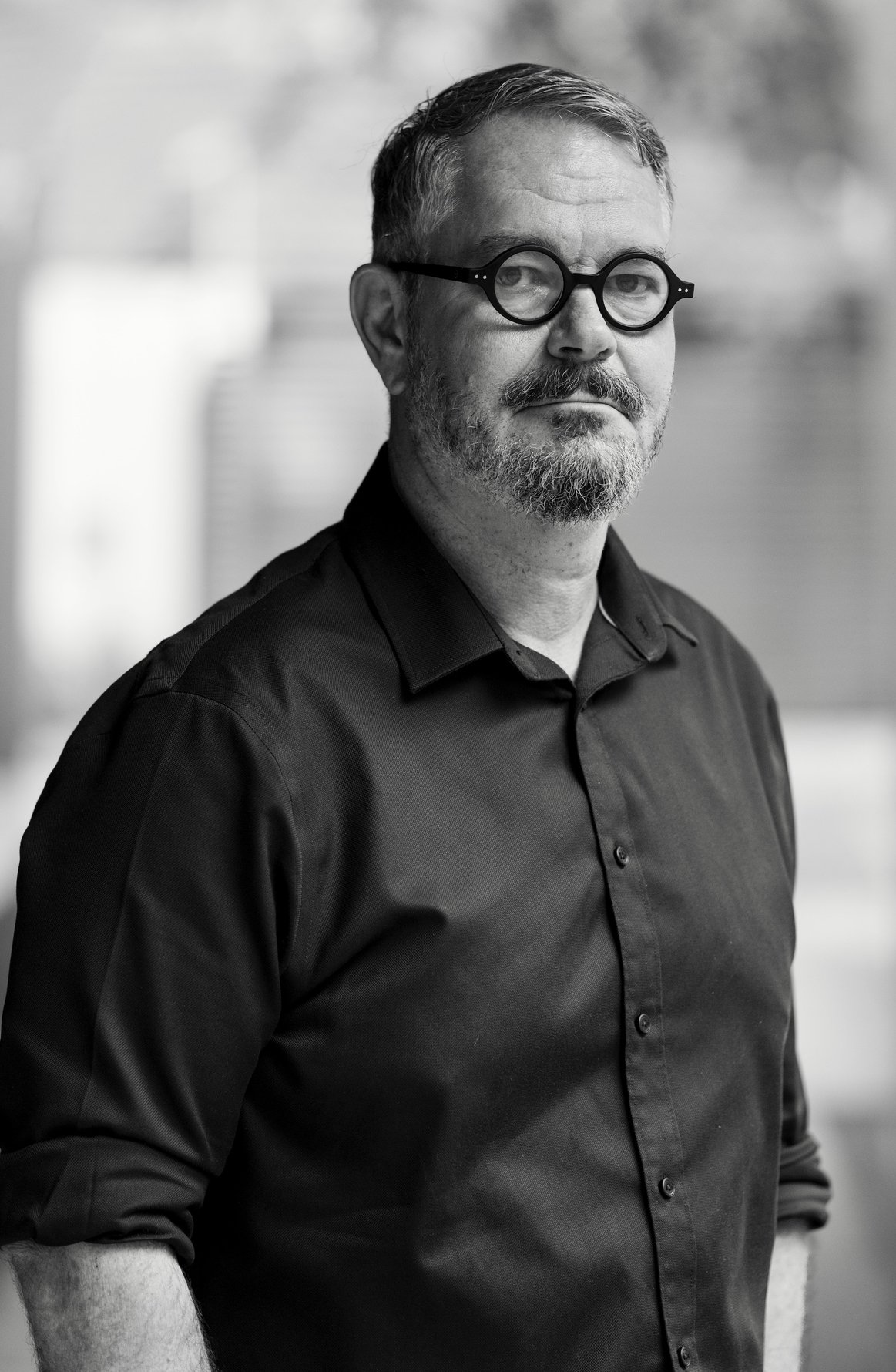
What has surprised you most about JCAF since its inception?
The incredible response from our audience, which has been phenomenal – visitors love our exhibitions, their engagement with our guides, and attending our live Knowledge Talks. It’s very rewarding to receive such positive feedback and engagement from our visitors.
"It has allowed us to think about and present projects, artists, and exhibitions that aren’t necessarily seen in South Africa, more especially with a small team." – Clive Kellner
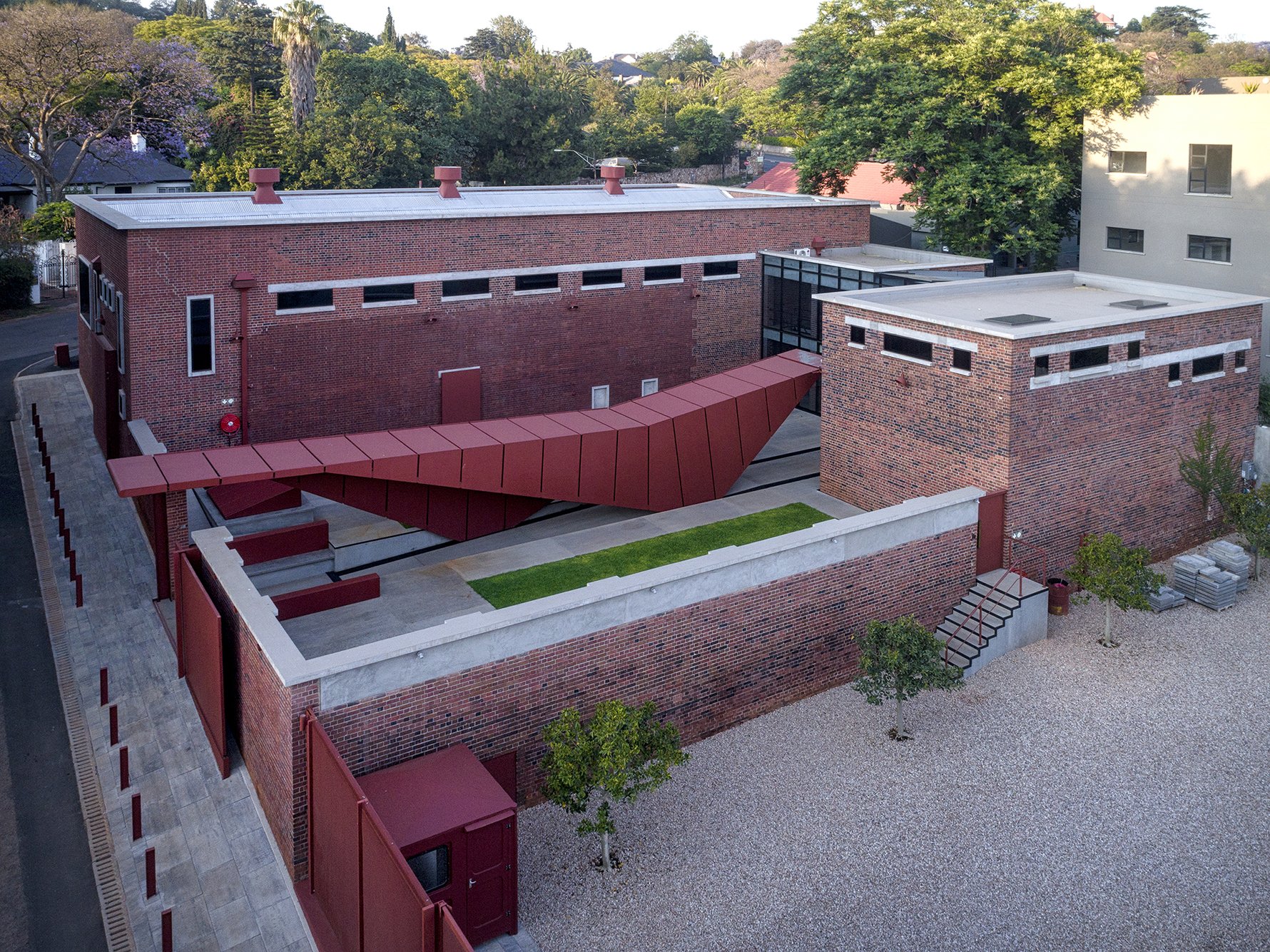
You were once the curator of the city’s Johannesburg Art Gallery. Now you are at JCAF, a privately funded institution. What does it mean to work in those different spaces?
The Johannesburg Art Gallery is a municipal art museum – a local government-funded and administered institution, which comes with all kinds of challenges in terms of funding, infrastructure, operations, and administration. I recall feeling incredibly excited at the prospect of running JAG, perhaps naively so, as the challenges were enormous. However, we were able to organise some very significant exhibitions during that period (2004–2009), such as a William Kentridge retrospective, Africa Remix, the Dumile Feni retrospective, and the Thami Mnyele & Medu Art Ensemble retrospective. JAG is a special institution, situated within its Joubert Park community, comprised of many immigrants but also very much part of the cultural fabric of greater Johannesburg.
JCAF is independent and privately funded, which enables a more adaptive and responsive kind of institution that doesn’t face the same kinds of challenges as a local government institution. It is a privilege to present the exhibitions and programmes we do at JCAF. It has allowed us to think about and present projects, artists, and exhibitions that aren’t necessarily seen in South Africa, more especially with a small team. In just five years, we have established a credible cultural institution that feels like it is making a meaningful cultural contribution to the life of Johannesburg.
Is there anything else you wish you were doing?
I am thriving and fulfilled in my work at JCAF; however, I have a very deep love for border collies and dogs in general… who knows, maybe once I retire, I will go into caring for border collie rescues!

In The Museum as a Thinking Protocol, you reference a term from Colombian educator and artist Beatriz González, who describes the relationship between viewer and artwork as a “great mystery.” How do you maintain this sense of mystery at JCAF?
It really comes down to the methodology we have designed and employed at JCAF, which is primarily orchestrated around how the public engages with the artworks and exhibitions. Traditionally, museums display labels and wall texts that mediate the content of the artworks and curatorial concept to visitors. At JCAF, we have removed the labels and wall texts and replaced them with a customised approach to engage with our exhibitions: firstly visitors look and reflect on the artworks they are encountering rather than reading about them, secondly our trained guides engage with our audience on a tour which encourages participation and dialogue, and thirdly we provide contextual information on the artworks and exhibition via a printed handout (which previously was done via an app and Bluetooth beacon technology). The great mystery that Beatriz González refers to is considered at JCAF by creating the space and time for visitors to form emotional connections with the artworks. Allowing this space means engaging with visitors in a personalised way, which allows for moments of deep reflection.
"Johannesburg is a city full of opportunity, constantly reinventing itself and enabling new narratives" – Clive Kellner
The guided tours at JCAF are often cited as a highlight for visitors. What is it like being on the other side – leading or hosting these tours yourself?
It’s nerve-racking! Full respect to our guides. Public speaking and engagement are skills that I have had to learn and apply over the years. They're valuable forms of encounter where I can impart knowledge to others, but also learn from and gain insights from our audience. It’s a two-way process and incredibly rewarding.
Why did you decide that’s the only way that people can move through JCAF?
Confidentially, it is not the only way – if someone doesn’t want to have a guided tour, they don’t have to! We accommodate all kinds of requests and groups – from single visitors wanting to explore the exhibition on their own, international museum groups, university students, schools, other professionals, families, and even domestic workers. Guided tours are our main channel for engaging with our visitors, and their response is that they love it!
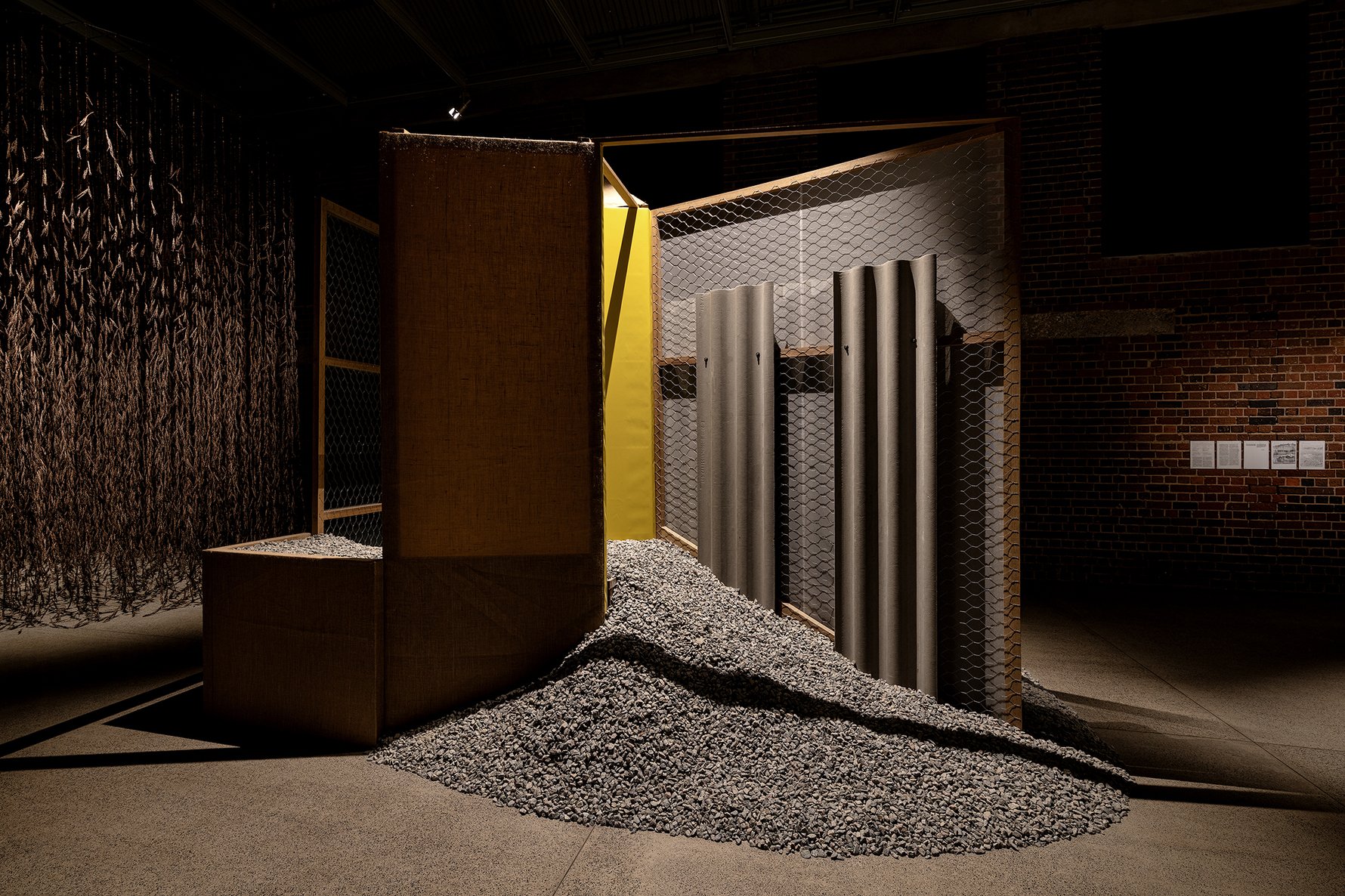
© César and Claudio Oiticica. Photo Graham De Lacy.
The exhibition Structures feels particularly fitting for Johannesburg in the way it engages with the built environment. How has working on this exhibition influenced or shifted the way you see the city?
We recently presented our final live Knowledge Talk for this year with Ayanda Mnyandu, founder of City Skate Tours, and his understanding of the inner city and Johannesburg embodies how we see Johannesburg – not as a negative place with lots of problems, which do exist, but one in which the people of Johannesburg are its infrastructure. Johannesburg is a city full of opportunity, constantly reinventing itself and enabling new narratives around culture, food, identity, music, urbanism, and so on. Structures speaks about Johannesburg as less of a physical place and more as a space for imagining, engaging, and being.
Many of the artworks in Structures offer a far more embodied experience than being purely visual, something which is more and more prevalent in artworks. What do you think is driving this?
There are a couple of reasons for this, one is the tactile and material nature of making art itself as a form of expression that moves beyond the illustrative. The nature of the Structures exhibition exemplifies this notion, given the topic of the built environment as something that is materially made and physically experienced. It may also point to a select number of artists who are engaging in artistic practice that extends beyond the commercial market, to work that is installation-based and more suited to biennales and museum exhibitions.
What do you think is most often misunderstood about the role of the curator today?
That’s a really good question, because in one way the role of the curator has been democratised – which is a positive thing, people curate their experiences, their music lists, etc. On the other hand, curating is a profession that draws from a specific etymology – curate is from the Latin curare, which means to care for (art objects and collections). Over time, this role has evolved into that of the independent curator (independent from museums or institutions) who views the exhibition as a theoretical text or discourse. One of the more fundamental misunderstandings is that the curator merely rearranges artworks in a space for placement or hanging. In reality, my job includes extensive research and reading, and travel for research on the ground. In 2023, I undertook research in the Andes and the Amazon in Peru for our Ecospheres exhibition as we collaborated with the restaurant Central and their research centre Mater, for their participation in the exhibition.

Recently, there has been a lot of talk about art institutions and programming in Johannesburg. What gaps do you see in the city’s cultural landscape – and where do you think more work or experimentation is needed?
While our commercial sector of art fairs, auction houses, and galleries is strong, there is a deficiency in terms of our public museums, non-profit spaces, artist-run spaces, and that there is no biennale. In an ideal scenario, Johannesburg, as a major metropolis on the continent and a global player, should have a more vibrant non-profit arts sector in which to expose and educate the public.
JCAF has presented a remarkable range of exhibitions and artists across mediums. Which would be your personal favourite – and why?
I think the Frida Kahlo, Amrita Sher-Gil, Irma Stern exhibition. Aside from the calibre of the artworks and the fact that it was then first time that these women artists were exhibited together and in the African continent – it was an enormous task to research and obtain the loans of these works by Kahlo and Sher-Gil working against extraordinary obstacles – primarily in the form of a negative perception of Johannesburg as high risk and of low importance.
Is there an artist or collective you would love to bring to JCAF in the future?
That would be letting the proverbial cat out of the bag! Of course, there are names that I think about, but this then needs to go through a rigorous process of research, investigation, and inquiry – so watch this space!
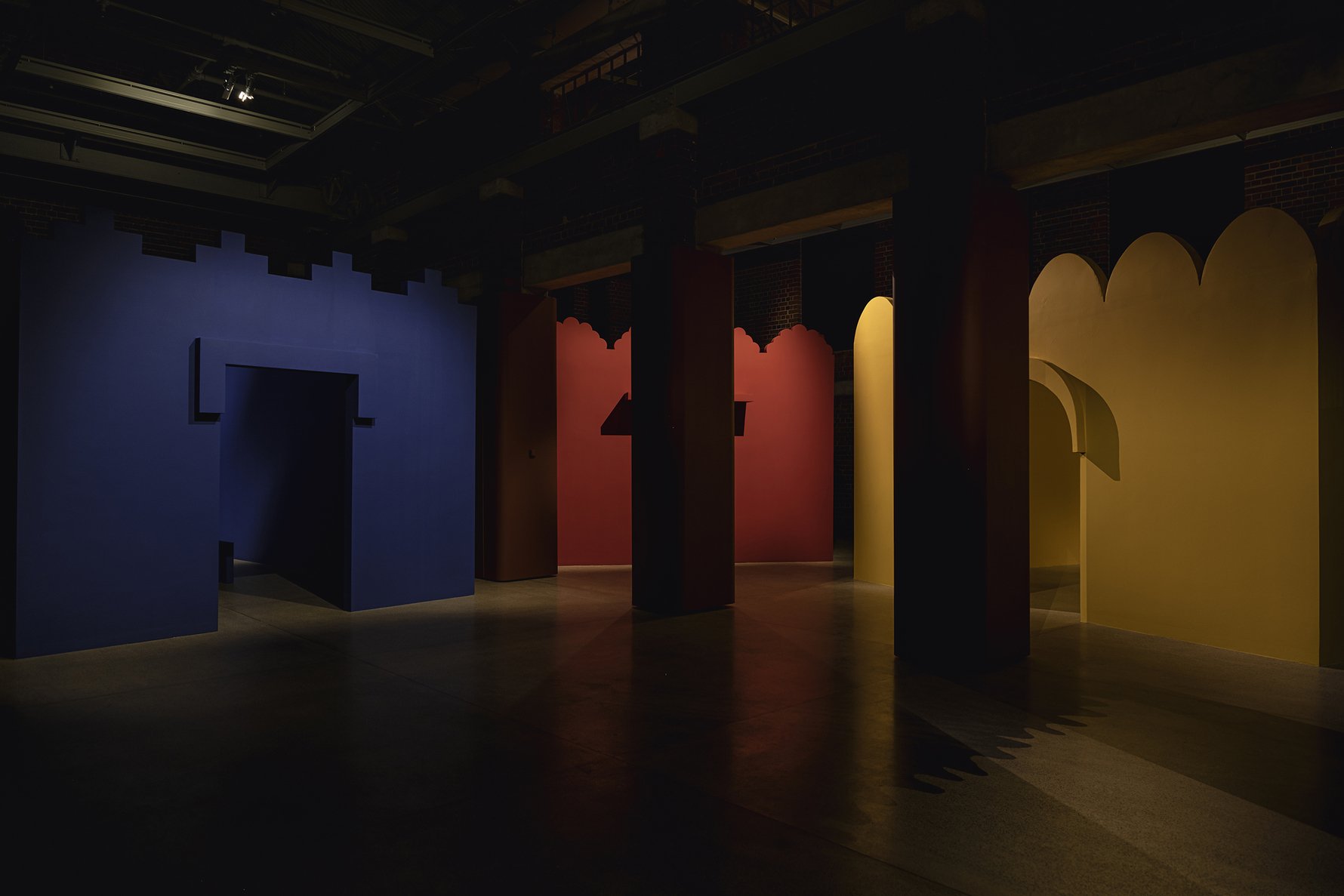
Tell us a bit about what's next for JCAF?
Next year, we are presenting our third and final exhibition under the Worldmaking theme – Reverse Futures will look at the future from a Global South perspective, incorporating special commissions, artworks, and projects that include a robot, paintings, VR, and installations by South African and Global South artists. It is going to be something very special and exciting, but I can’t say too much at this time!
Looking more broadly, what most excites you about the future of art in Johannesburg?
Primarily the incredible artworks and artists we have, seeing younger emerging artists profiled, and how resilient and adaptive the art ecosystem is. How art and artists have grown to be such an important part of Johannesburg, which enriches our lives and enhances Johannesburg as a destination.
What are some of your favourite spaces to look at art in Johannesburg when you're not busy at JCAF?
Rather than specific spaces or galleries, what inspires me is the connections I can make between local artists and artists from the Global South. It’s a privileged position to be in after 25 years of curating.
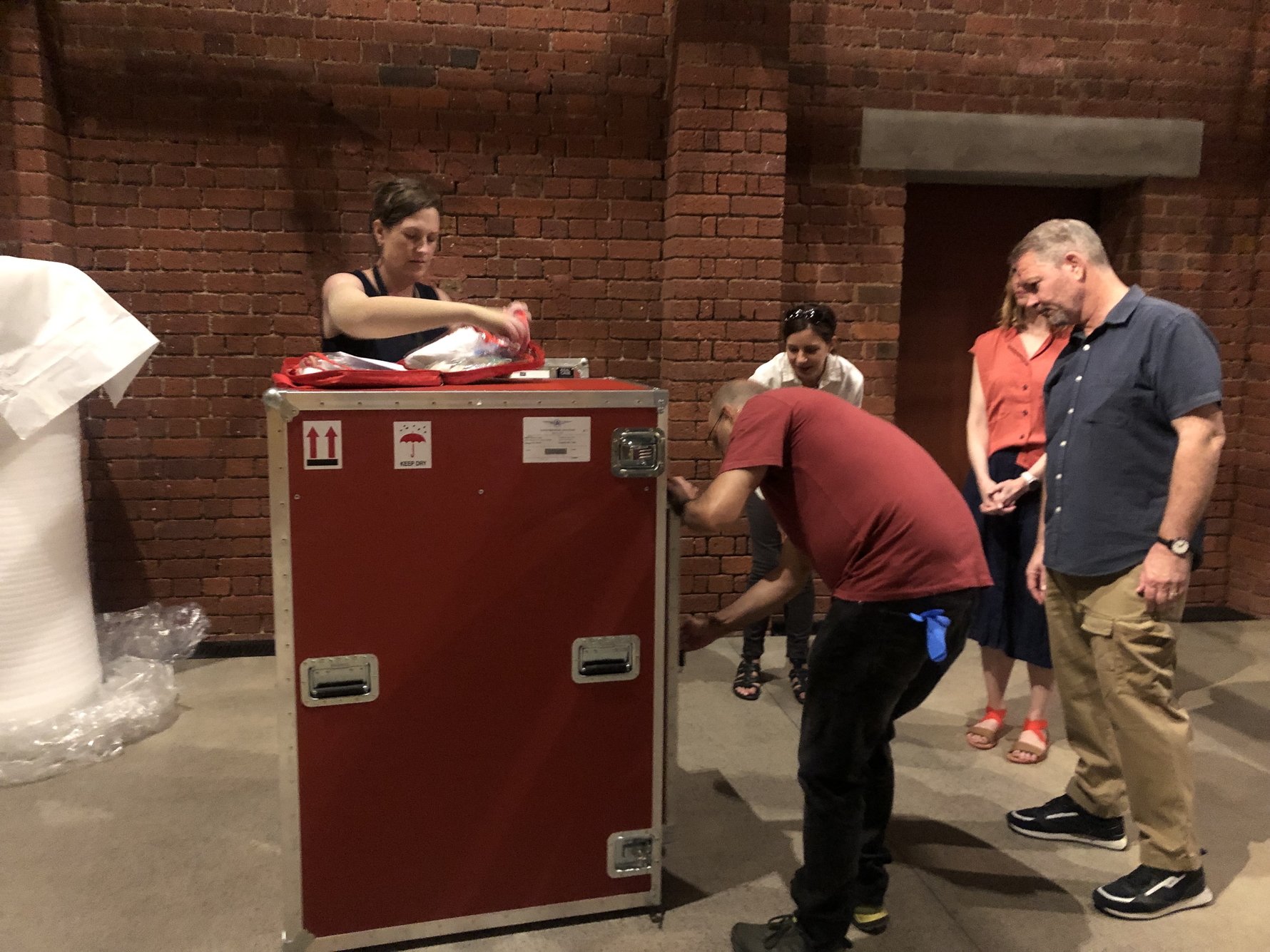
Rapid-fire round: 6 questions about Joburg
What brought you to Joburg and/or what makes you stay?
I came as a child, and I recall visiting the Johannesburg Art Gallery and seeing a steel bath, blinds, sawdust, neon tube lighting, and concrete bricks by Michael Goldberg – it struck me that this could be art – and so my love affair with Johannesburg has remained ever since.
What is a surprising thing people might learn about Joburg by having a conversation with you?
That it’s the best city on the planet – the people are amazing; it is a city that has to be discovered and one that is constantly evolving.
What three things should a visitor not leave Joburg without seeing or experiencing?
JCAF, of course, the inner-city, including Victoria Yards, Maboneng, and Newtown, and hanging out with a local.
Your favourite Joburg author or favourite Joburg book?
Njabulo Ndebele and the book, The Elusive Metropolis (edited by Sarah Nuttall and Achille Mbembe).
If you were Joburg's mayor for one day (average tenure), what would you change?
Give funding to the Johannesburg Art Gallery.
Three words that describe the city.
Vibrant, connected, and industrious.
Make sure to book a guided tour for JCAF's 2025 exhibition Structures before it ends on Sat, Nov 15, 2025, and dive into all of their past exhibitions with the catalogues available on their website. With the final exhibition of their Worldmaking series, Reverse Futures, taking place in 2026, it's an excellent way to catch up with all the work they have been doing.


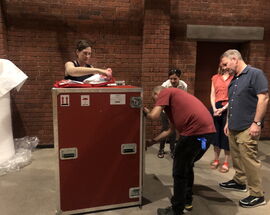

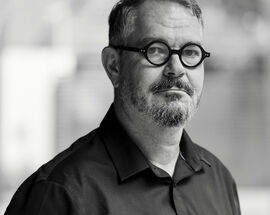


Comments